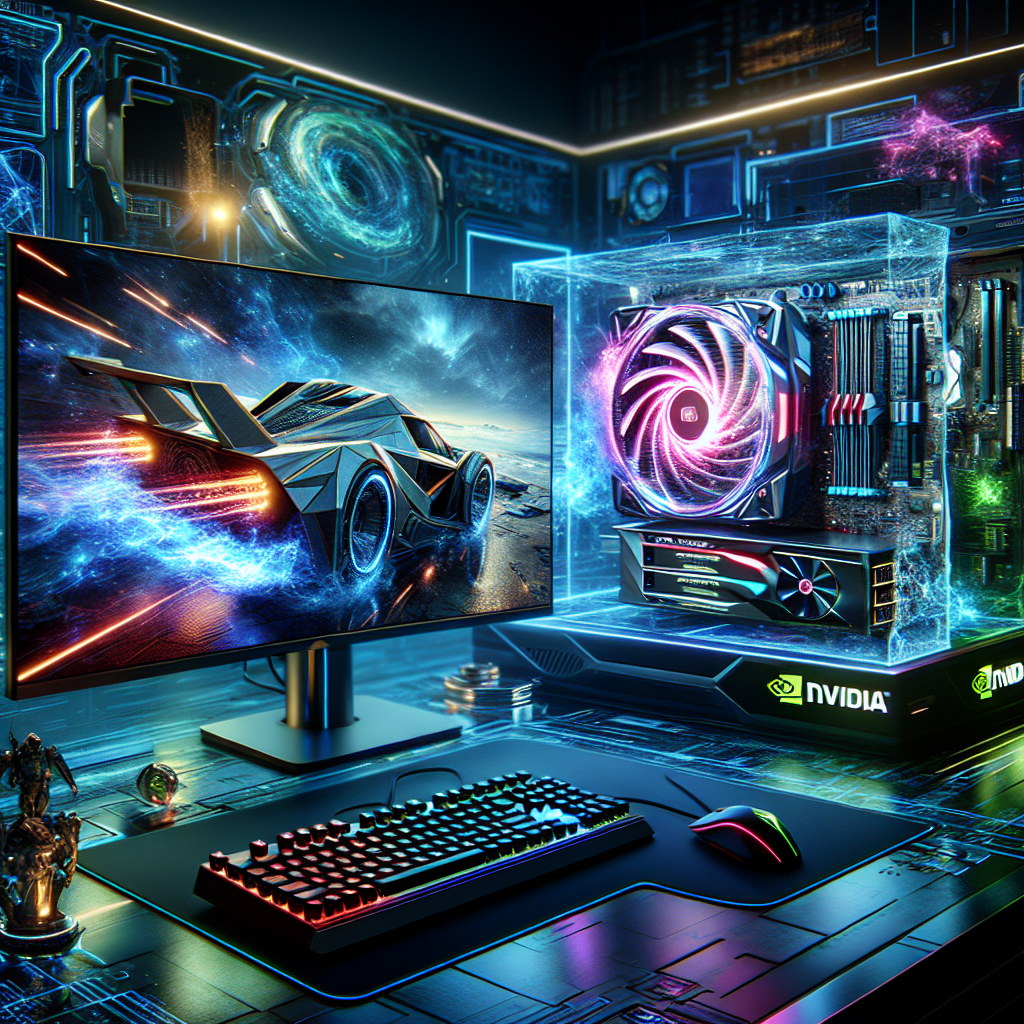The Future of Gaming: What to Expect from NVIDIA Graphics Cards in the Coming Years
As technology continues to advance at a rapid pace, the gaming industry is constantly evolving to provide players with more immersive and realistic gaming experiences. One of the key players in the gaming industry is NVIDIA, a leading manufacturer of graphics cards that are used in many high-end gaming computers.
So, what can we expect from NVIDIA graphics cards in the coming years? With the release of their latest line of graphics cards, the NVIDIA GeForce RTX 30 series, gamers have already seen a significant leap in performance and capabilities. These cards feature cutting-edge technology such as ray tracing and DLSS (Deep Learning Super Sampling), which allow for more realistic lighting and shadows in games, as well as improved performance and image quality.
Looking ahead, NVIDIA is likely to continue pushing the boundaries of what is possible in gaming graphics. With advancements in artificial intelligence and machine learning, we can expect to see even more realistic visuals and immersive environments in games. NVIDIA has already hinted at the potential for real-time ray tracing in virtual reality, which would take gaming to a whole new level of immersion.
Another area where NVIDIA is likely to make big strides in the coming years is in the realm of cloud gaming. With services such as NVIDIA GeForce Now and Google Stadia gaining popularity, the demand for high-performance graphics cards in the cloud is only going to increase. NVIDIA has already made significant investments in cloud gaming technology, and we can expect to see even more powerful and efficient graphics cards specifically designed for cloud gaming in the future.
In addition to these advancements, NVIDIA is also likely to continue improving the energy efficiency of their graphics cards. As concerns about climate change and energy consumption continue to grow, consumers are increasingly looking for ways to reduce their carbon footprint. NVIDIA has already made strides in this area with their Ampere architecture, which offers higher performance while using less power. In the coming years, we can expect to see even more energy-efficient graphics cards from NVIDIA, making gaming more sustainable for the future.
Overall, the future of gaming looks bright with NVIDIA at the forefront of graphics technology. With advancements in ray tracing, artificial intelligence, cloud gaming, and energy efficiency, gamers can look forward to even more immersive and realistic gaming experiences in the years to come. Whether you’re a casual gamer or a hardcore enthusiast, NVIDIA graphics cards are sure to play a crucial role in shaping the future of gaming.


